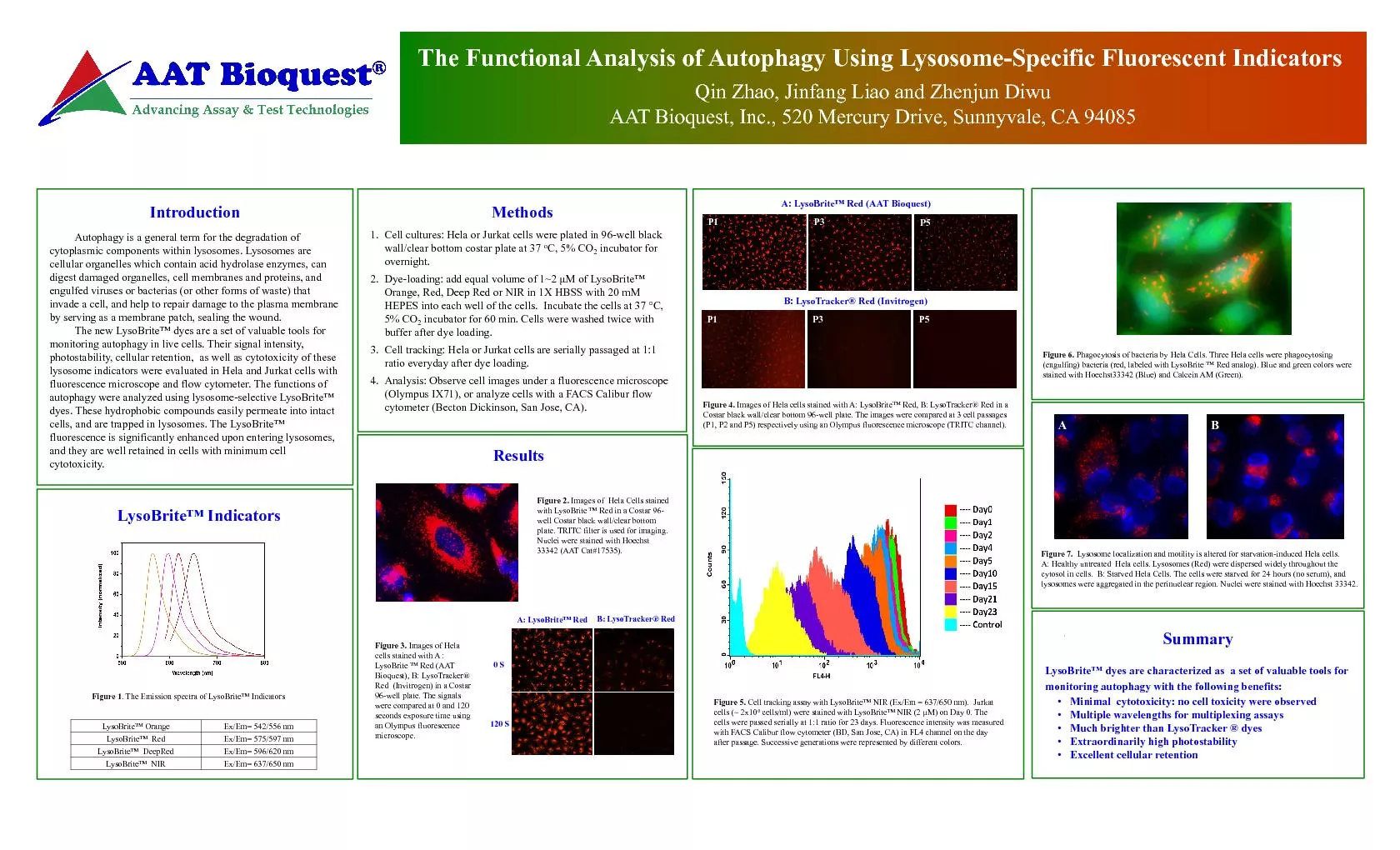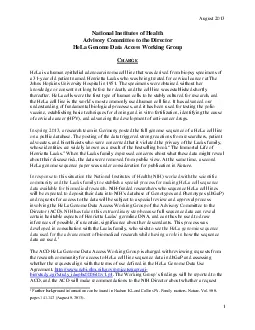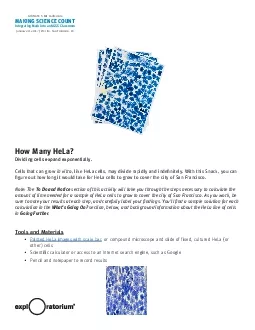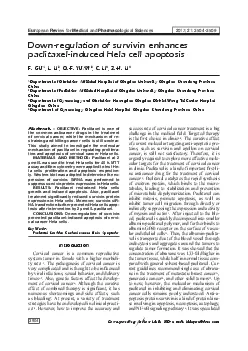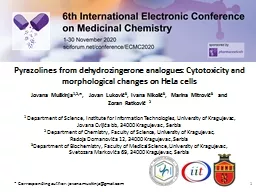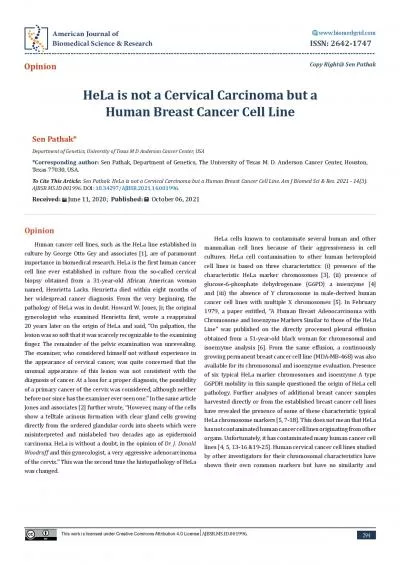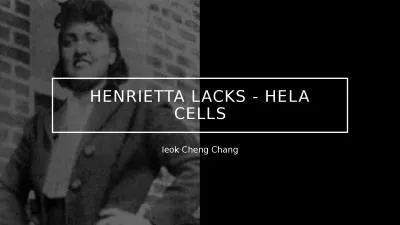PPT-The Biology of HeLa Tamar Gartenberg
Author : enjoinsamsung | Published Date : 2020-09-22
History Discovery HeLa cells were discovered by Dr George Gey the head of tissue culture research at Johns Hopkins in 1951 George Gey and his wife Margaret
Presentation Embed Code
Download Presentation
Download Presentation The PPT/PDF document "The Biology of HeLa Tamar Gartenberg" is the property of its rightful owner. Permission is granted to download and print the materials on this website for personal, non-commercial use only, and to display it on your personal computer provided you do not modify the materials and that you retain all copyright notices contained in the materials. By downloading content from our website, you accept the terms of this agreement.
The Biology of HeLa Tamar Gartenberg: Transcript
Download Rules Of Document
"The Biology of HeLa Tamar Gartenberg"The content belongs to its owner. You may download and print it for personal use, without modification, and keep all copyright notices. By downloading, you agree to these terms.
Related Documents








